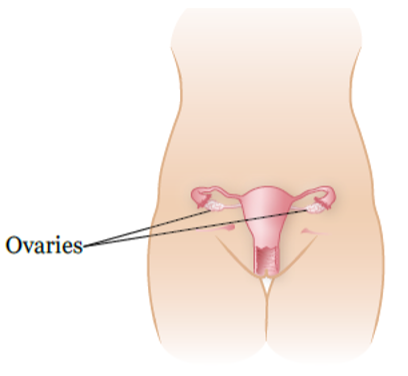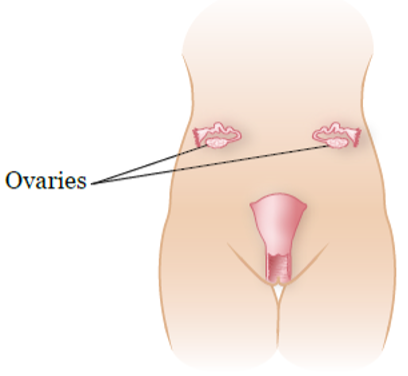The growing pressure on companies to provide health insurance coverage for assisted reproduction is working. As of 2020, 42% of companies with 200,000 or more employees, covered in vitro fertilization compared to 36% in 2015. And 19% covered egg freezing up from 6% in 2015. For companies with 500 or more workers, 27% covered IVF, compared to 24% six years prior.
Employers are recognizing that families are built in a variety of ways, including single parents and same-gender couples.
The Louisiana Legislature just scuttled a bill to require insurance companies to cover fertility preservation procedures for cancer patients about to undergo radiation, chemotherapy and other treatments that will render them sterile. The reason given was that the cost was too high. The bill would have required the state to pay for state workers and public school teachers to receive the coverage. Louisiana lawmakers are actually among the relatively few people in Louisiana that have some fertility treatment covered by their insurance plan. LSU First – which provides health care coverage to LSU employees, legislators and legislative staff – is the only state government-provided plan that voluntarily pays for infertility services.
Texas requires private insurance plans to pay for in vitro fertilization in some cases. Arkansas also requires health care plans to cover portions of those treatments.
Donor Conceived Children
Colorado has eliminated anonymous donations for sperm and eggs (ova) for use in assisted reproductive technology. It is the first state to do so. Australia and a number of European countries have similar laws designed to help donor conceived children obtain medical and social histories of their progenitors.
Ovarian Transposition Surgery for Individuals Undergoing Cancer Treatment
Ovarian transposition is a surgery that moves ovaries out of the field of radiation. This will lower the amount of ovarian exposure to radiation during therapy. The belief is that it will allow ovaries to work properly after treatment to give women a better chance of having children after cancer treatment. It may also protect against early menopause. The figures below depict the locations involved. In adults, the ovaries and fallopian tubes have to be separated from the uterus to move them far enough away. In children, the ovaries and fallopian tubes can usually be moved out of the field of radiation without having to separate them from the uterus.




